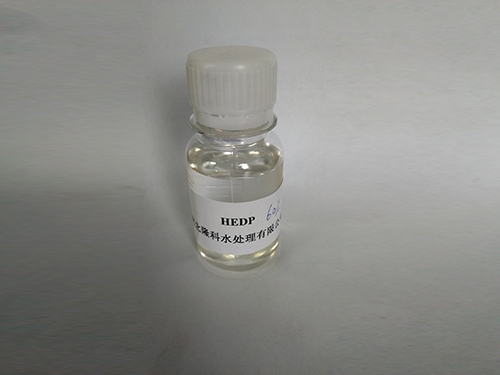chloromethyl isothiazolinone
Understanding Chloromethyl Isothiazolinone Uses, Risks, and Regulations
Chloromethyl isothiazolinone (CMIT) is a widely used biocide and preservative in various products, particularly in the cosmetic, personal care, and industrial sectors. This chemical compound has gained prominence in formulation chemistry due to its effective antimicrobial properties, making it a valuable ingredient in preventing the growth of bacteria, fungi, and yeast. However, as with many chemical compounds, understanding the implications of its use, potential health risks, and the regulatory framework surrounding it is essential for consumers and manufacturers alike.
Uses and Applications
CMIT is commonly found in water-based formulations such as shampoos, conditioners, lotions, and household cleaning products. Its efficacy as a preservative helps extend the shelf life of these products by inhibiting microbial growth, which can otherwise lead to product spoilage and health hazards. Additionally, CMIT is used in industrial applications, including paints, adhesives, and coatings, where it serves a similar purpose of preserving the integrity of the product over time.
One of the key benefits of CMIT is its effectiveness at low concentrations. This feature makes it a cost-effective option for manufacturers looking to enhance product stability without compromising quality. Moreover, CMIT is often employed in combination with other preservatives to achieve broader-spectrum antimicrobial activity.
Health Risks and Allergic Reactions
Despite its beneficial applications, the use of CMIT is not without controversy. Research has identified CMIT as a potential allergen and irritant, particularly with direct skin contact. Allergic reactions can manifest as dermatitis, rashes, or other skin irritations, leading health professionals and regulatory bodies to scrutinize its safety profile carefully.
chloromethyl isothiazolinone

The sensitization risk associated with CMIT has led to increasing awareness and caution among manufacturers. In response to reported cases of allergic reactions, many companies have started revising their formulations to limit or eliminate CMIT. Consumers, especially those with sensitive skin or pre-existing conditions, are advised to check product labels for CMIT and consider alternatives when possible.
Regulatory Framework
The regulatory landscape governing the use of CMIT varies significantly from region to region. In the United States, the Environmental Protection Agency (EPA) assesses biocidal substances for safety and efficacy. In contrast, in Europe, CMIT falls under the Registration, Evaluation, Authorisation, and Restriction of Chemicals (REACH) regulation and the Biocidal Products Regulation (BPR). These regulatory frameworks necessitate comprehensive safety assessments and provide guidelines for safe usage levels.
In recent years, both the U.S. and European authorities have tightened restrictions on the allowable concentrations of CMIT in consumer products due to safety concerns and the growing body of research highlighting its potential risks. This regulatory scrutiny reflects a broader trend towards safer and more sustainable chemical practices, encouraging manufacturers to seek safer alternatives.
Conclusion
Chloromethyl isothiazolinone plays a significant role in preserving the integrity and shelf life of a wide range of products. However, the associated health risks and regulatory considerations cannot be overlooked. As consumers become more informed and aware of the ingredients in the products they use, it is crucial for manufacturers to prioritize safety and transparency.
The ongoing dialogue surrounding CMIT illustrates the importance of balancing efficacy with safety in chemical formulations. As new research emerges and alternative preservatives gain traction, the chemical industry will need to adapt to meet evolving consumer demands and regulatory standards. In the ultimate pursuit of safety and effectiveness, understanding substances like CMIT is essential for fostering innovation while protecting public health.
-
Water Treatment with Flocculant Water TreatmentNewsJun.12,2025
-
Polymaleic AnhydrideNewsJun.12,2025
-
Polyaspartic AcidNewsJun.12,2025
-
Enhance Industrial Processes with IsothiazolinonesNewsJun.12,2025
-
Enhance Industrial Processes with PBTCA SolutionsNewsJun.12,2025
-
Dodecyldimethylbenzylammonium Chloride SolutionsNewsJun.12,2025





